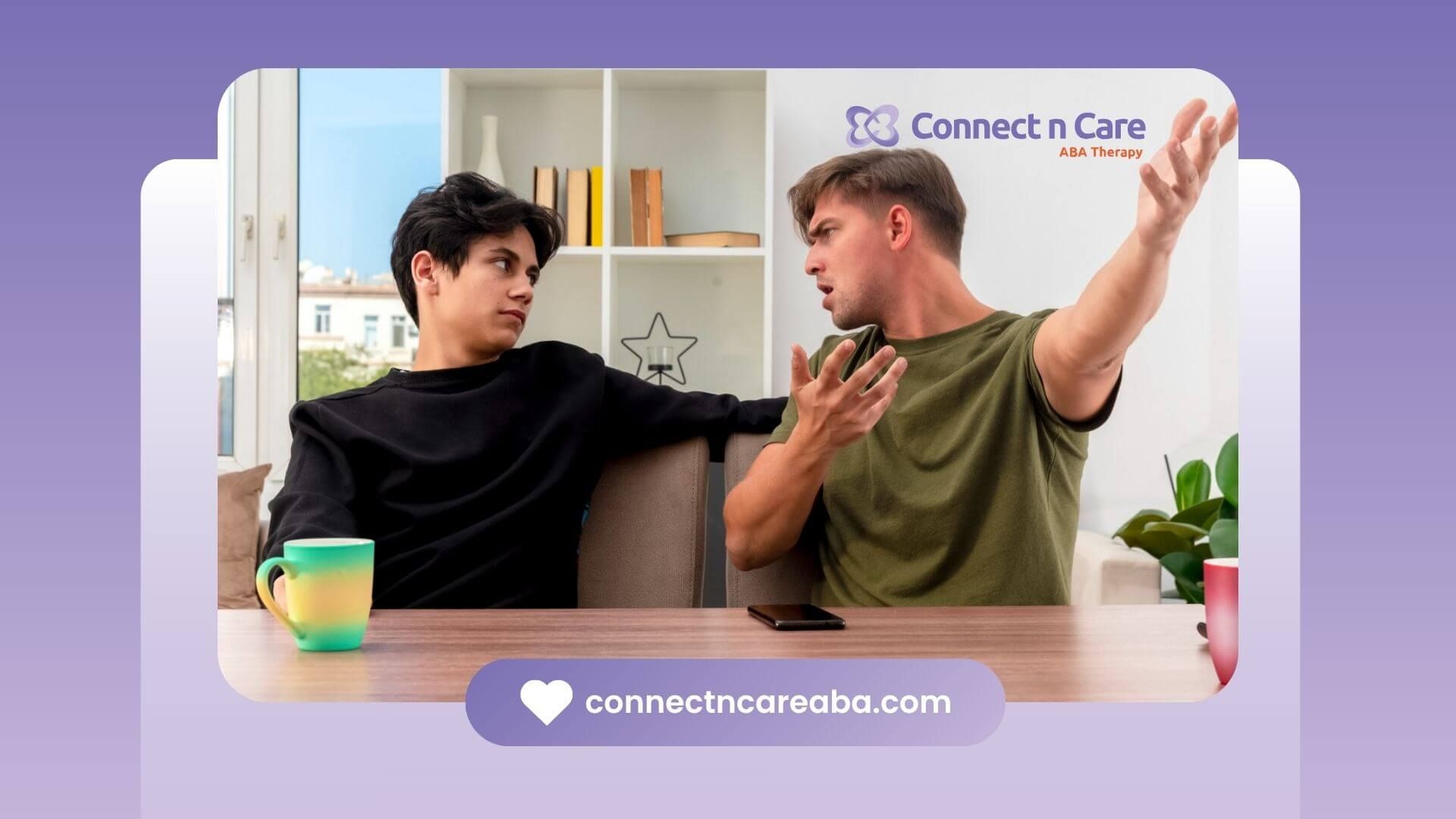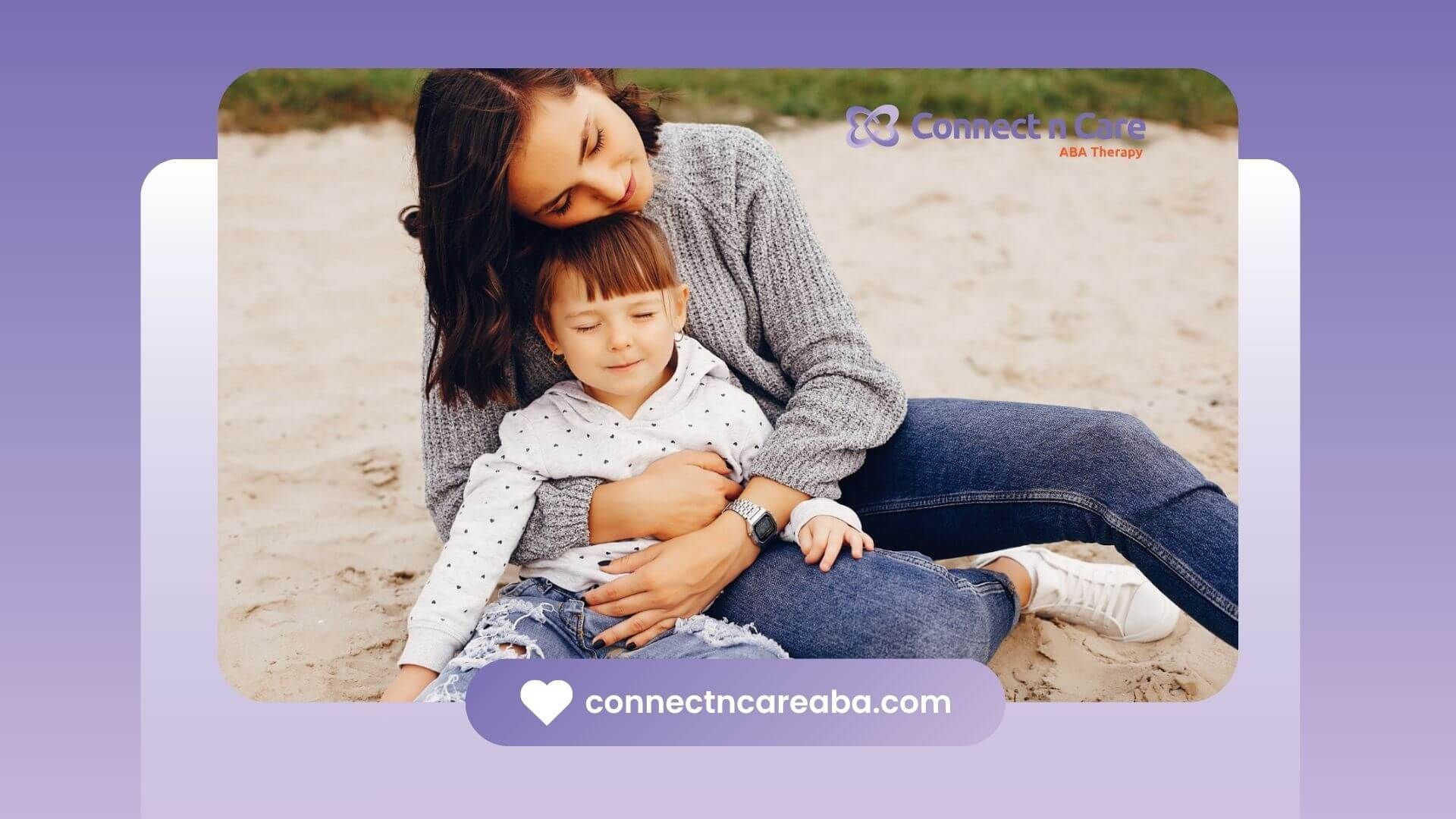The 6 Second Rule is a simple but surprisingly powerful communication trick used with many autistic kids.
The idea is easy: after you give an instruction or ask a question, you pause and give six full seconds before you repeat yourself or step in. That tiny pause gives your child the time their brain needs to process what you said.
It feels slow at first — but for many autistic children, it’s a game changer.
Why the 6 Second Rule Makes Such a Big Difference
A lot of autistic kids need a little extra time to take in language, sort through the sensory noise around them, and figure out how to respond.
When adults repeat too quickly, talk over the child, or rush the moment, it can create pressure and confusion.
Those six seconds help with:
- Processing time, so the child actually understands the request
- Less overwhelm, especially in sensory-heavy moments
- Better communication success
- Reduced anxiety and frustration
- Fewer meltdowns caused by feeling rushed
How To Use the 6 Second Rule
- Say what you need to say — simply and calmly.
- Pause. Count slowly in your head: one… two… three… four… five… six.
- No extra talking during the pause.
- If they don’t respond after six seconds, try again gently or use a visual.
It’s amazing how often kids respond during the silence — they just needed the space.
Why This Approach Works
Autistic children often do best when communication feels calm, clear, and predictable. The 6 Second Rule removes the pressure and gives them room to succeed. Many parents say once they start using it, everyday communication gets so much easier.
Conclusion
The 6 Second Rule seems small, but the impact can be huge. When we slow down, kids feel safer, more confident, and more willing to respond — and that builds better communication over time.
If you’re looking for more tools to support communication and behavior, we at Connect N Care ABA are here to help.We provide individualized ABA services across North Carolina and Virginia, including:
- In-Home ABA Therapy for real-life skill building right at home
- School-Based ABA Therapy to support success in the classroom
- Center-Based ABA Therapy for structured learning and social practice
- ABA Parent Training so you feel confident using strategies like the 6 Second Rule every day
If you’re ready for guidance that actually fits your family, reach out to us today — we’d love to support you.
FAQs
Does the 6 Second Rule Really Help Autistic Kids?
For many kids, yes. Giving them time reduces pressure and leads to better, more relaxed communication.
Why Six Seconds Specifically?
It’s long enough for processing to happen, but short enough to keep the interaction feeling natural.
Can ABA Teach My Child Better Communication Skills?
Absolutely. ABA focuses on communication, emotional regulation, and daily skills — all things that make moments like this easier.
Sources:
- https://www.autismspeaks.org/sensory-issues
- https://www.autism.org.uk/advice-and-guidance/topics/behaviour/anger-management/parents
- https://www.algonquincollege.com/cal/files/2019/05/Autism-Spectrum-Disorder-For-Profs-Update.pdf
- https://my.clevelandclinic.org/health/articles/autism
- https://www.thetransmitter.org/spectrum/repetitive-behaviors-and-stimming-in-autism-explained/









